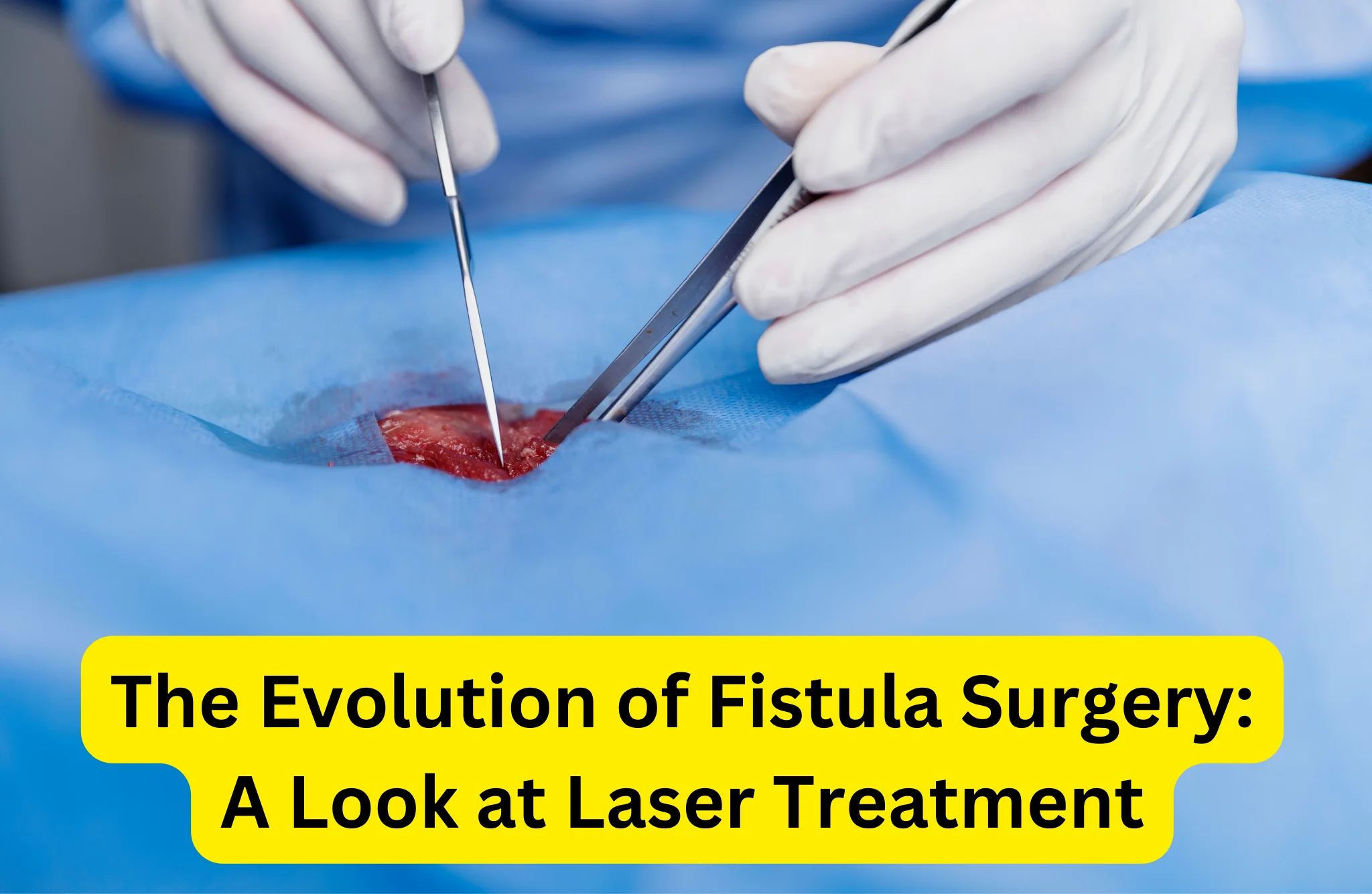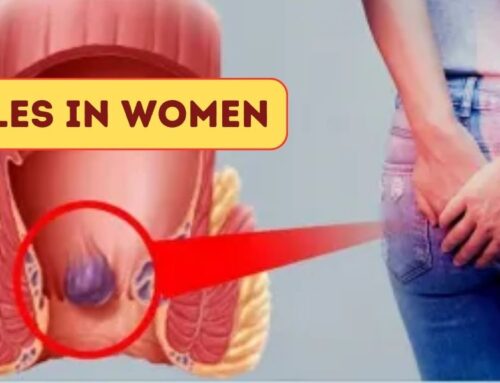Fistulas have plagued humanity for centuries, causing immense pain, discomfort, and social stigma. These abnormal connections between organs or tissues can result from various causes, including childbirth injuries, inflammatory diseases, and surgical complications. Over time, medical science has made significant strides in treating fistulas, with one of the most promising advancements being laser treatment.
In this blog post, we will explore the evolution of fistula surgery and the role of laser treatment in revolutionizing this field.
The Historical Perspective
Fistulas have been documented in medical literature dating back to ancient civilizations. The treatment options available in those times were often primitive and ineffective. Ancient texts mention attempts to treat fistulas with poultices, herbal remedies, and even surgical interventions that involved excruciating pain and high mortality rates.
The advent of modern surgery in the 19th century brought hope to fistula patients, as techniques improved and anesthesia became more widely available. However, even with these advancements, fistula surgery was far from ideal. Traditional surgical procedures carried significant risks, including infection, incontinence, and recurrence.
The Rise of Laser Treatment
The introduction of laser technology in the mid-20th century marked a turning point in the treatment of fistulas. Lasers offered a precise and minimally invasive alternative to traditional surgical methods. The focused beams of light energy could cut, coagulate, or vaporize tissue, making them ideal for addressing the delicate and intricate nature of fistula repair.
The Benefits of Laser Treatment
- Precision: Laser treatment allows surgeons to target the affected area with pinpoint accuracy, minimizing damage to surrounding healthy tissue. This precision is especially crucial when dealing with complex fistulas located near critical structures.
- Minimally invasive: Unlike traditional open surgery, laser treatment often requires only small incisions or even no incisions at all. This reduces the risk of complications, shortens recovery times, and leaves minimal scarring.
- Reduced pain and discomfort: Laser treatment is generally associated with less pain and discomfort post-procedure, as it causes less trauma to the tissues.
- Lower risk of infection: The minimally invasive nature of laser surgery reduces the risk of infection, a common concern in traditional open surgeries.
- Quicker recovery: Patients undergoing laser treatment for fistulas typically experience faster recovery times, allowing them to return to their normal lives sooner.
- Improved outcomes: Laser treatment has been associated with lower recurrence rates compared to traditional surgical methods, leading to more successful long-term outcomes for patients.
Applications of Laser Treatment in Fistula Surgery
Laser treatment has proven effective in treating various types of fistulas, including:
- Anal Fistulas: Laser ablation has become a preferred method for addressing anal fistulas, as it offers better control and precision in the removal of infected tissue and tracts.
- Vesicovaginal Fistulas: Laser treatment has shown promise in the repair of vesicovaginal fistulas, a devastating condition often caused by childbirth injuries or surgical complications.
- Gastrointestinal Fistulas: Fistulas in the gastrointestinal tract can be challenging to treat. Laser therapy has emerged as a valuable tool in managing these cases, offering a minimally invasive approach with improved outcomes.
Challenges and Future Directions
While laser treatment has brought significant advancements to fistula surgery, it is not without challenges. The availability of laser technology and the expertise required to perform these procedures can be limited in some regions. Moreover, not all fistulas are suitable for laser treatment, and patient selection remains a critical factor in achieving successful outcomes.
Looking ahead, ongoing research and development in laser technology and surgical techniques are likely to further enhance the role of lasers in fistula treatment. Additionally, efforts to expand access to these advanced treatments to underserved populations will be crucial in addressing the global burden of fistulas.
Conclusion
The evolution of fistula surgery, thanks to innovations like laser treatment, has drastically improved outcomes for patients worldwide. In Hadapsar, Dr. Abhijit Gotkhinde and Ultracare Clinic have been at the forefront of this transformation. As a leading Fistula clinic in Hadapsar, with a top-notch Fistula doctor in Hadapsar, they exemplify the future of fistula care. With continued advancements in laser treatment techniques, individuals globally can look forward to even better prospects.




